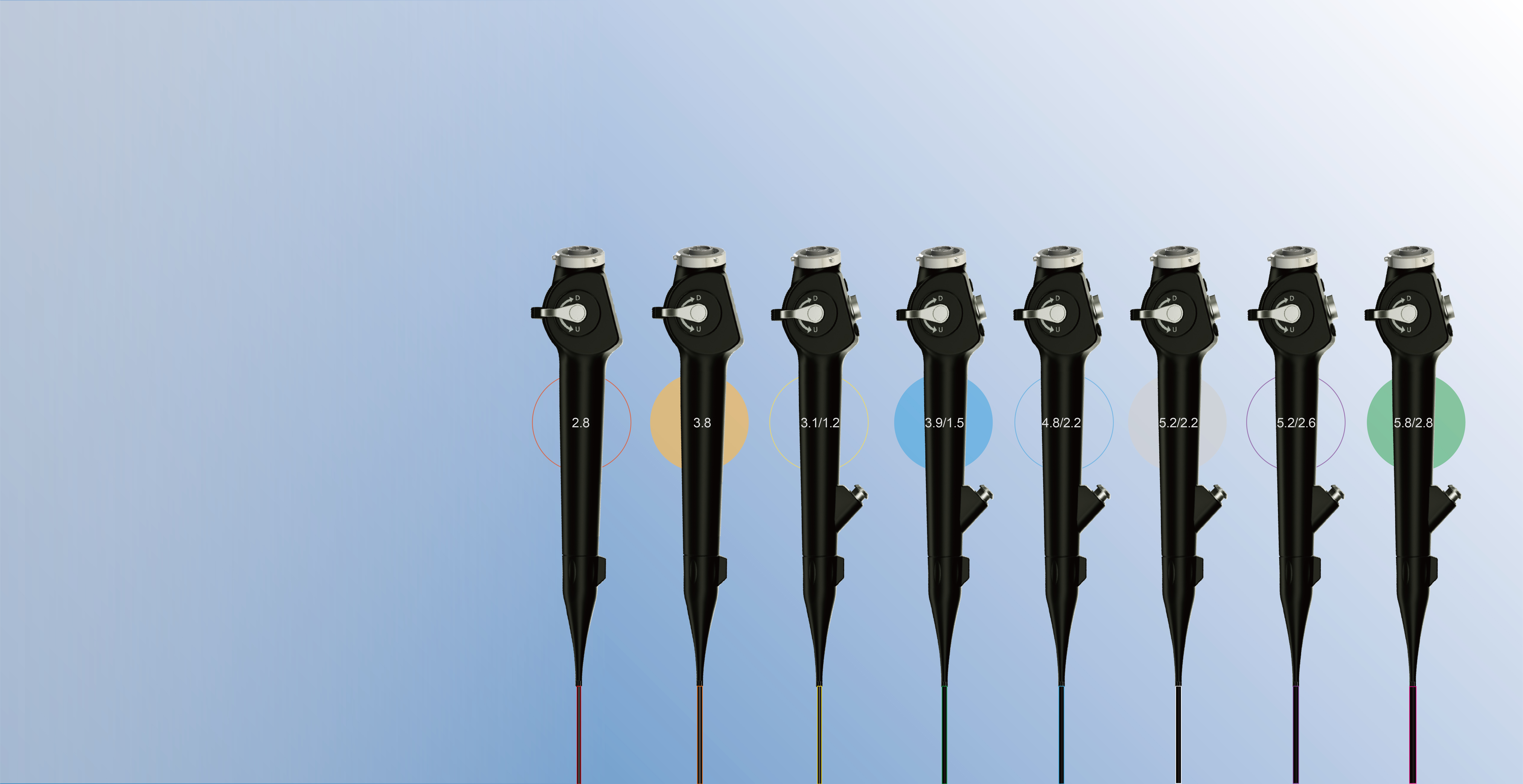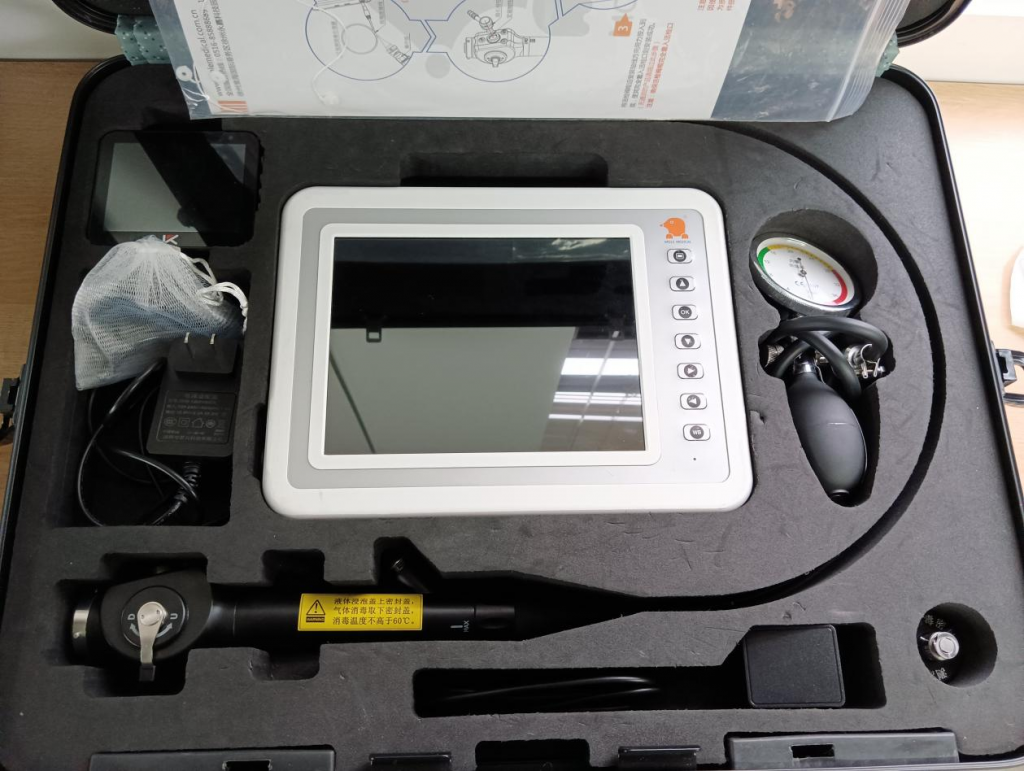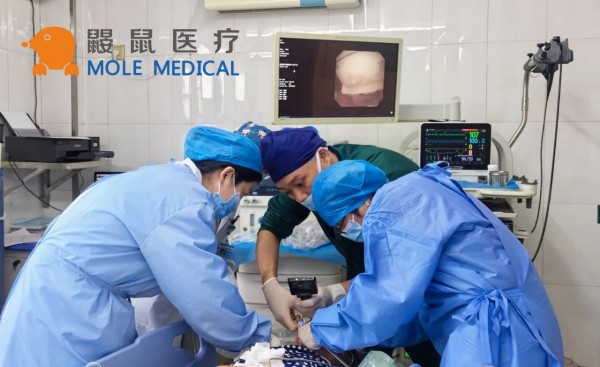Understanding Bronchoscopy Endoscopy Procedures
Dec 23, 2023
Bronchoscopy endoscopy procedures are important medical diagnostic tools used to examine the airways, collect tissue samples, and remove foreign objects. These procedures provide healthcare professionals with a view of the inside of the body, allowing for precise diagnosis and treatment.
Whether you are preparing for a bronchoscopy procedure, endoscopy procedure, or both, it is essential to know and understand what to expect. This article will provide an overview of bronchoscopy endoscopy, its differences, and their applications in different areas of the body. It will outline the benefits, risks, and costs of these procedures, as well as what to expect before and after each process.
Key Takeaways
- Bronchoscopy and endoscopy procedures are essential tools for diagnosing and treating respiratory conditions.
- Bronchoscopy and endoscopy differ in their use and application in the body, but both offer precise visualization and targeted interventions.
- While bronchoscopy endoscopy procedures offer many benefits, there are potential risks and complications that need to be evaluated.
- The cost of a bronchoscopy and endoscopy procedure may vary depending on the type of process, facility fees, and insurance coverage available.
- After a bronchoscopy endoscopy procedure, patients may experience temporary respiratory changes and will need to adhere to post-procedure care instructions.
What is Bronchoscopy?
Bronchoscopy is a medical procedure that involves examining the inside of the airways and lungs using a thin, flexible tube known as a bronchoscope. This instrument has a small camera attached to it, which allows doctors to view images of the respiratory system in real-time on a monitor.
Unlike regular endoscopy procedures, which focus on the digestive system, bronchoscopy is used specifically to examine the respiratory tract. It is commonly used to diagnose and treat various respiratory conditions, including lung cancer, pneumonia, and chronic obstructive pulmonary disease (COPD).
A bronchoscopy procedure can also be used to collect tissue samples or remove foreign objects from the lungs or airways, making it a valuable diagnostic and therapeutic tool for managing respiratory conditions.
How is Bronchoscopy Different from Endoscopy?
While both bronchoscopy and endoscopy involve inserting a thin tube into the body to examine internal organs, they differ in their specific applications. Endoscopy is used to examine the digestive system, while bronchoscopy is used to examine the respiratory tract, including the lungs and airways.
Additionally, bronchoscopy requires specialized equipment compared to regular endoscopy, including a bronchoscope with a camera attached, which is specifically designed for the respiratory system. The procedures can be similar in terms of preparation and aftercare, but the specific techniques and tools used vary widely.
In summary, bronchoscopy is a vital diagnostic and therapeutic tool used to examine the respiratory tract, collect tissue samples, and remove foreign objects from the lungs and airways. It differs from regular endoscopy procedures in its focus on the respiratory system and in the specialized equipment required to perform it.
What is Endoscopy?
Endoscopy is a minimally invasive medical procedure that involves the use of a thin, flexible tube with an attached camera to examine the inside of organs or cavities in the body. Unlike bronchoscopy, which only examines the airways, endoscopy is used to examine various areas of the body, including the digestive system, bladder, and uterus.
Endoscopy is typically performed under sedation or anesthesia, and the camera-equipped tube is inserted into the body through an opening, such as the mouth or anus. The camera allows doctors to view the internal organs or tissue on a monitor, enabling them to diagnose conditions and perform procedures without invasive surgery.
There are different types of endoscopy, depending on the area of the body being examined. For example, gastroscopy is used to examine the esophagus, stomach, and upper intestine, while colonoscopy is used to examine the large intestine and rectum. Other types of endoscopy include cystoscopy, hysteroscopy, and laparoscopy.
Overall, endoscopy is a powerful, non-surgical tool that enables doctors to diagnose and treat a range of medical conditions in a precise, efficient, and minimally invasive manner.
Bronchoscopy Endoscopy Procedure
Bronchoscopy endoscopy is a minimally invasive diagnostic procedure used to examine the airways and other respiratory tract structures through a flexible instrument known as the bronchoscope. Endoscopy, on the other hand, involves examining other areas of the body using a similarly designed instrument.
How is the Procedure Performed?
Prior to the procedure, patients may be asked to fast or avoid certain medications to avoid complications. In some cases, a mild sedative may be administered to help them relax, although general anesthesia may be necessary for more complex cases. During the procedure, the bronchoscope is inserted through the nose or mouth and advanced into the airways. The physician can visualize the airways and collect tissue samples for further examination. The entire procedure typically takes less than an hour, after which the patient is monitored in a recovery room to ensure their safety.
Uses of Bronchoscopy Endoscopy Procedures
Bronchoscopy endoscopy procedures offer significant diagnostic value, enabling physicians to identify a wide range of respiratory conditions. The procedure helps detect abnormalities in the lungs and airways, from infection and inflammation to tumors and other growths. Physicians can also use the procedure to obtain tissue samples for biopsy or to measure lung function directly. Lastly, the procedure can help determine the extent of disease progression and monitor treatment effectiveness over time.
Preparing for Bronchoscopy Endoscopy
Prior to undergoing bronchoscopy endoscopy, patients must follow specific guidelines and instructions. In addition to limiting food and drink intake, patients may also need to avoid smoking and taking certain medications. They may also need to arrange for transportation home after the procedure if they were given sedatives or general anesthesia.
It is important for patients to discuss any medications or underlying medical conditions with their healthcare provider ahead of the procedure to minimize the risk of complications and ensure a smooth recovery.
Benefits of Bronchoscopy Endoscopy

Bronchoscopy endoscopy procedures offer numerous benefits for patients. For one, it provides direct visualization of the airways, making it easier to detect and diagnose respiratory conditions. The procedure also enables physicians to take tissue samples and remove foreign objects, reducing the need for more invasive surgeries.
Another benefit of bronchoscopy endoscopy is its ability to facilitate targeted interventions. With precise visualization of the airways, physicians can perform procedures such as biopsies, stent placement, and laser therapy with greater accuracy and efficacy.
Patients who undergo bronchoscopy endoscopy also benefit from shorter recovery times compared to more invasive surgeries. This reduces the risk of postoperative complications and allows for a quicker return to normal activities.
Overall, bronchoscopy endoscopy procedures are a valuable tool for physicians in diagnosing and treating respiratory conditions while minimizing the need for complicated and invasive procedures.
Risks and Complications of Bronchoscopy Endoscopy
While bronchoscopy endoscopy procedures can be helpful in diagnosing and treating respiratory issues, they are not without risks. Some potential complications include:
- Infection: As with any medical procedure, there is a risk of infection. Infection can occur in the lungs or at the site where the bronchoscope or endoscope is inserted.
- Bleeding: Bronchoscopy and endoscopy can cause bleeding in the lungs or at the biopsy site. This is usually minor, but in rare cases, it can be severe.
- Adverse reactions to anesthesia: Patients who undergo bronchoscopy or endoscopy are typically given anesthesia to help them relax and prevent discomfort. However, some people may have allergic reactions or other negative side effects.
- Pneumothorax: This is a rare but potentially serious complication that can occur if air leaks into the space between the lung and the chest wall, causing the lung to collapse partially or fully.
It is important to talk to your healthcare provider about any concerns you may have and to follow all pre- and post-procedure instructions carefully to minimize your risk of complications.
Understanding the Cost of Bronchoscopy Endoscopy
When considering bronchoscopy and endoscopy procedures, one of the important factors to keep in mind is the cost. The cost of these procedures can vary depending on several factors, including the type of procedure, facility fees, and insurance coverage.
Generally, bronchoscopy procedures tend to be more expensive than regular endoscopy procedures. This is because bronchoscopy procedures require specialized equipment and expertise.
If you have insurance coverage, it is important to check with your insurance provider to see what is covered and what costs might be out of pocket. Some insurance plans may cover the full cost of the procedure, while others may require a copay or deductible.
It is also essential to consider the facility where the procedure will take place. Different facilities may charge different fees for the same procedure, so it can be worthwhile to shop around to find the most affordable option.
Ultimately, the cost of bronchoscopy and endoscopy procedures can be a significant factor for many patients. However, it is important to keep in mind that these procedures can provide crucial diagnostic and treatment benefits for respiratory conditions.
What to Expect After Bronchoscopy Endoscopy
After undergoing a bronchoscopy endoscopy procedure, patients may experience some common side effects. These can include:
- Throat soreness
- Temporary respiratory changes
- Mild coughing
It is important to follow the post-procedure care instructions provided by your healthcare professional, which may include:
- Taking time to rest
- Avoiding strenuous activities
- Drinking plenty of fluids
In some cases, patients may experience more serious complications, such as:
- Infection
- Uncontrollable bleeding
- Breathing difficulties
If you experience any of these symptoms or any other concerning symptoms, seek medical attention immediately. Your healthcare professional will be able to provide further guidance on managing any complications that may arise.
Conclusion
In conclusion, bronchoscopy endoscopy procedures are critical diagnostic tools that aid in the accurate diagnosis and treatment of respiratory conditions. They offer significant benefits, including precise visualization and targeted interventions, which can reduce the need for invasive surgeries. However, patients must be aware of the potential risks and complications associated with these procedures, ranging from infections to adverse reactions to anesthesia. Therefore, it is crucial to follow post-procedure care instructions and closely work with a healthcare professional to ensure the best possible outcomes. If you experience any symptoms or complications after a bronchoscopy endoscopys procedure, seek immediate medical attention.
Categories
Latest Articles

Disposable Nephroscopes: Redefining Safety & Efficiency in Urology
Introduction The shift towards minimally invasive urological surgery has found a pivotal ally: the disposable nephroscope. As traditional reusable scopes grapple with persistent biofilm contamination risks and soaring sterilization costs, the global medical community is rapidly adopting single-use solutions. This article analyzes the clinical value, technological evolution, and dynamic innovation landscape driving this transformative shift. ... Read more

Disposable Video Laryngoscope Blades: The Ultimate Solution for Preventing Cross-Contamination
In the operating room, as the cold light of a video laryngoscope illuminates a patient’s airway, an age-old medical challenge is being redefined: How can life-saving instruments avoid becoming vectors of infection? Jiangsu MoleMedical drives an innovative safety revolution—replacing reusable devices with single-use, sterile laryngoscope blades that create a pure barrier for critical airways. Traditional video ... Read more
-2.jpg)
FDA & CE Approved Video Laryngoscope: What Makes It Stand Out?
Introduction In high-pressure emergencies and precision-driven operating rooms, video laryngoscopy is revolutionizing airway management. Mole Medical’s FDA and CE-certified technology replaces tactile-dependent “blind intubation” with real-time visual navigation – enhancing safety, accuracy, and clinical outcomes worldwide. Why Certification Matters Mole Medical’s dual certifications validate its global compliance and performance: FDA Clearance: Rigorous validation of safety/efficacy ... Read more

Mole Medical Showcases Advanced Endoscopy Solutions at CMEF Autumn 2025, Driving Global Partnerships
Guangzhou, China – September 26-29, 2025 – The 92nd China International Medical Equipment Fair (CMEF Autumn) concluded successfully on September 29th at the Canton Fair Complex in Guangzhou. Mole Medical Technology Co., Ltd. (Mole Medical) made a significant impact at the event, drawing global medical professionals and partners to its booth (Hall 2.1, Stand Q24) ... Read more

How to Use Disposable Ureteroscopes Safely and Efficiently
In the field of urology, the application of disposable electronic ureteral-kidney pelvis endoscopy catheters is leading the technological innovation in minimally invasive surgeries. According to the 2024 multi-center research data from China’s urology department, among the over 5,000 surgeries included, the patient group using disposable catheters performed significantly better in key indicators such as operation ... Read more



